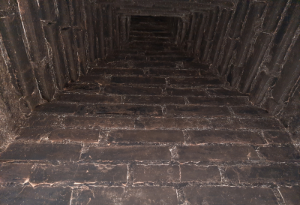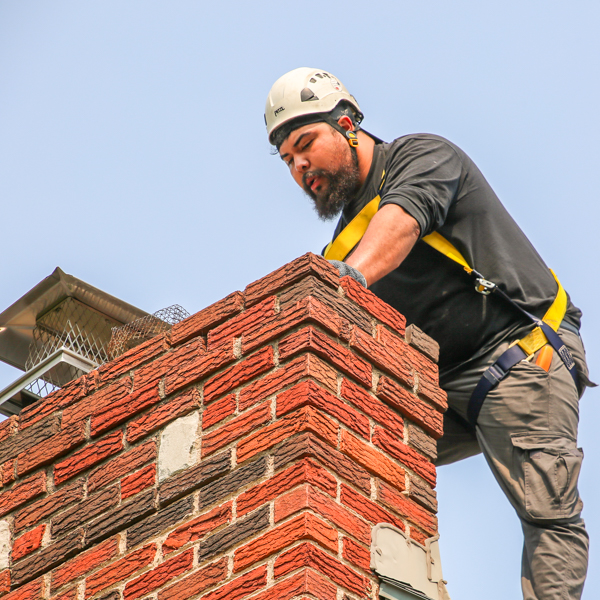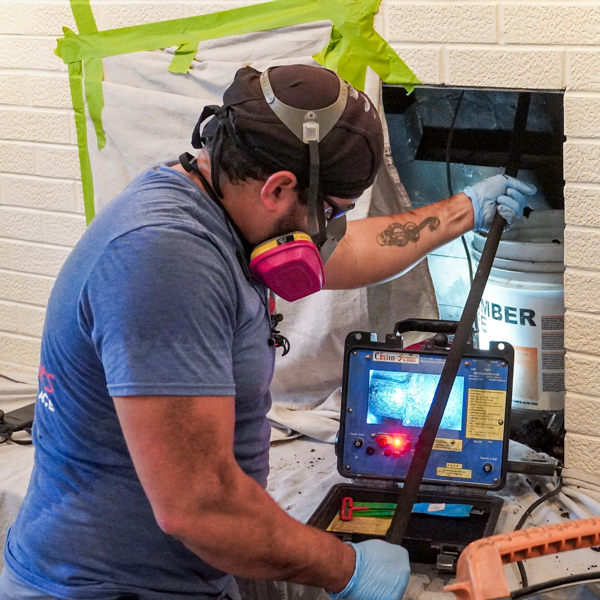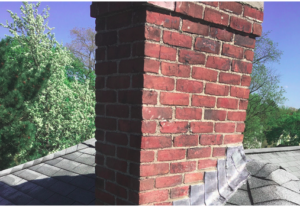How to Clean a Chimney
Any chimney owner knows that it is necessary to maintain a chimney to keep it in proper working order. Many want to know, however, what that entails to ensure that their chimney is getting the attention and care that it needs.
Now, we’ll discuss when you should sweep your chimney, how the chimney cleaning process works, and whether or not you should clean your own chimney.
When Can My Chimney Be Cleaned
You can have your chimney cleaned during any time of the year. Certain problems are more likely to arise during each season, but whether it is the spring, fall, winter, or summer, getting a chimney sweep is possible. We recommend having your chimney inspected annually to see if it needs sweeping, so if you suspect an issue with your chimney or if it has been more than one year, be sure to schedule an appointment.
How to Clean a Chimney
Below are the steps that our team of professionals take when cleaning chimneys.
- Set up drop cloths and an industrial vacuum to keep your house clean
- Visually inspect the chimney with a light to assess for sweeping
- Attach the appropriate sized brush head to rod and insert into flue; adding rods as needed to reach the peak.
- Hand brush the smoke chamber and firebox
Keep in mind, chimney sweeps are highly trained and have the proper tools to clean chimneys to keep them in safe, working order.

Should You Clean Your Own Chimney?
It is always best to leave chimney cleaning to a professional. In between chimney sweeps, soot and creosote builds up within your chimney. A professional will know how to clean even challenging places and potentially identify other problem areas during the process. If you hire a CSIA Certified chimney sweep, you can have the peace of mind that they are highly trained, have passed a difficult exam to become certified, and follow a strict code of ethics. Without a chimney cleaning or with an incomplete cleaning, your home will be at higher risk for chimney fires and soot and smoke can enter your home.
The post How to Clean a Chimney appeared first on Boston’s Best Chimney.

 Material Damage
Material Damage Schedule Chimney Cleaning & Inspection Early
Schedule Chimney Cleaning & Inspection Early Signs Your Flashing Needs Repair
Signs Your Flashing Needs Repair